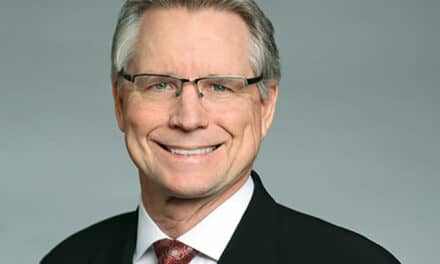The association announced its guidance for orthodontic practices after the White House Coronavirus Task Force called on doctors and dentists to avoid performing elective procedures to avoid using medical supplies.
The American Association of Orthodontists (AAO) supports the recommendation from the White House Coronavirus Task Force to postpone any elective dentistry over the next 2 weeks. The announcement comes after the American Dental Association (ADA) on Monday called for dentists to postpone all elective procedures.
During a White House press conference on March 17, Deborah L. Brix, MD, a member of the White House Coronavirus Task Force said doctors and dentists should avoid performing elective procedures during the pandemic to avoid using medical supplies. “Things that don’t need to be done over the next 2 weeks, don’t get it done,” Brix said.
Closure Communication Plans
The AAO advises orthodontic practices via its COVID-19 resource page to communicate with their staff and has provided guidance from the Society for Human Resources Management on its website. Topics covered include benefits, compensation, and attendance policies.
In addition, the association recommends that staff be assigned responsibilities for re-scheduling appointments and that the practice develop a written announcement for patients that goes out via the practice’s social media channels, the practice website, and email. The association has a sample letter and social media post available on their website.
Reopening Guidance
When practices reopen, the AAO advises practices to consider temporarily limiting the procedures done in office. Avoiding production of aerosols is of key concern with this virus and asymptomatic COVID-19 patients will remain a concern. In line with this, the association recommends postponing debonding procedures and the use of handpieces.
Moreover, when practices open, they should plan to stagger scheduling patients to maintain social distancing, keeping patients 6 feet apart. Patients should continue to be screened for symptoms and exposure and the patient check-in process should be adjusted to minimize the number of people in the waiting room.
Regardless of the check-in process the practice uses, it should restrict who enters the practice—ie, adults and teens enter the office alone, and children are only accompanied by one adult. This recommendation should extend to include delivery personnel. The association recommends signage directing delivery personal to call to inform the practice of a delivery and to leave packages outside when possible. Also ask shippers if delivery signatures can be collected electronically.
The association also recommends that items that can be accessed and potentially contaminated be put away—ie, pens, beverage stations, video game consoles, magazines, and toys.
Road Ahead
On its website, the AAO says it is working on compiling business continuity information and resources to help members deal with the temporary closures and the potential financial impact on the practice.








